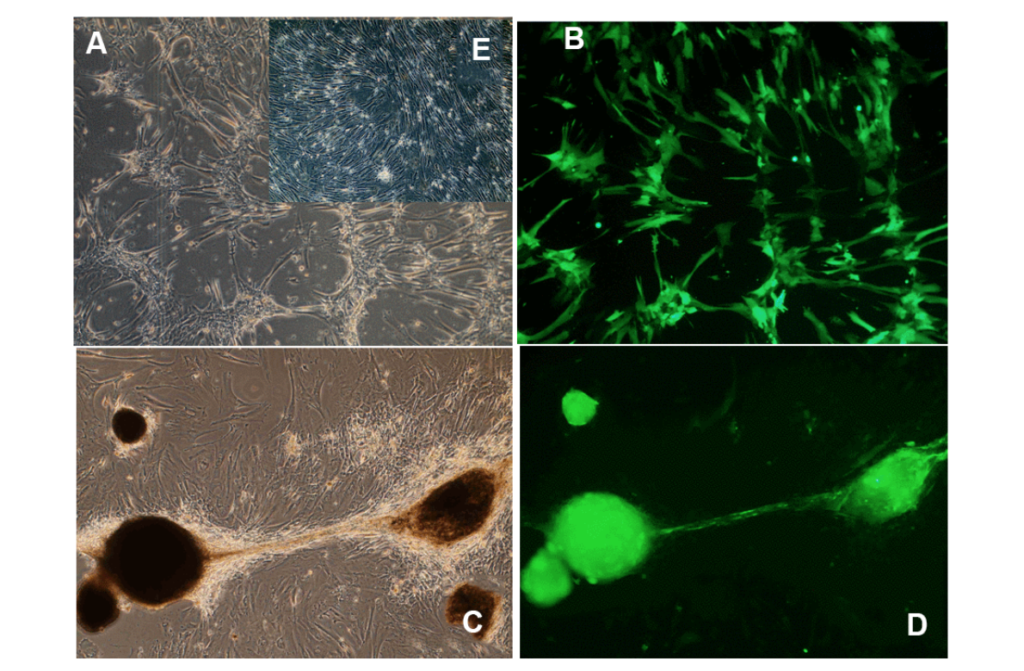Researchers discuss the role that the epigenetic clock may play in the aging process and in rejuvenation as an approach to set back epigenetic age.

The Top-Performer series highlights papers published by Aging that have generated a high Altmetric attention score. Altmetric scores, located at the top-left of trending Aging papers, provide an at-a-glance indication of the volume and type of online attention the research has received.
Read Aging’s Top 100 Altmetric papers.
—
A centenarian is a human that has lived as long or longer than one hundred years. These individuals are marvels to aging researchers and have been studied at length in hopes of uncovering clues about the mechanisms that drive aging. Many researchers have crafted views and theories about the roots of gerontology; these curiosities have preceded the development of modern science.
In an effort to describe different views and theories of aging—leading to the emergent view of the epigenome as the driver of aging—researchers from the National University of La Plata, National University of Cordoba, World Academy of Art and Science, and Betterhumans Inc., authored a research perspective published by Aging in 2021. This well-written paper describes the role that the epigenetic clock may play in both the aging process and in rejuvenation as an approach to set back epigenetic age. The paper was entitled, “Aging and rejuvenation – a modular epigenome model.”
“The hypothesis proposing the epigenome as the driver of aging was significantly strengthened by the converging discovery that DNA methylation at specific CpG sites could be used as a highly accurate biomarker of age defined by the Horvath clock [5].”
THE EPIGENETIC CLOCK
Throughout our lifetime, the rate of change in DNA methylation at age-dependent CpG sites has been found to consistently correlate with our rate of epigenetic aging and organismal aging. In 2013, researcher Stephen Horvath devised a mathematical algorithm using DNA methylation at specific CpG sites that is a highly accurate biomarker of age.
“In humans, the epigenetic age calculated by the clock algorithm shows a correlation of 0.96 to chronological age and an error margin of 3.6 years, an unprecedented accuracy for a biomarker of age [5, 24].”
In human babies, from birth to one year old, researchers explain that the ticking rate of the epigenetic clock is very high, as is our rate of aging at this point in the lifecycle. Then, from one to 20 years of age, the rate progressively decelerates. After age 20, the ticking rate is much slower. Among individuals with conditions such as cancer, HIV, obesity, Alzheimer’s disease, and even alcohol abuse, the ticking of the epigenetic clock and aging rate is, unsurprisingly, much higher. In another example, the rate of epigenetic aging is slower in supercentenarians and their children compared with non-centenarians.
“There is compelling evidence that the ticking rate of the clock is significantly correlated with the rate of biological aging in health and disease.”
THE EPIGENETIC CLOCK & AGE REJUVENATION
Even while they continue to proliferate, embryonic cells (ES) may remain indefinitely young—in a type of “suspended animation.” The epigenetic clock does not tick in embryonic cells, until they differentiate.
“In ES cells, the epigenetic clock does not tick [5] nor does the circadian clock oscillate [26]. Only when ES cells differentiate, both clocks become active and cells begin to age.”
Over the years, there have been clues indicating that it is possible to rejuvenate non-reproductive (somatic) cells back to induced pluripotent stem (iPS) cells, or embryonic-like cells. When somatic cells are reprogrammed to iPS cells, their epigenetic clocks stop ticking, their circadian clocks cease to oscillate, and ultimately, their epigenetic clock is set back to zero (or close to zero). These clues came from the development of animal cloning in the early 60s and, more recently, cell reprogramming.
The authors of this research perspective explain rejuvenation strategies including cell reprogramming, cyclic partial cell reprogramming, and other non-reprogramming strategies.
Two cell rejuvenation studies were described by the authors of this paper which suggest that, even at advanced stages of age, the epigenome continues to be responsive to command signals, including the OSKM genes, also known as the Yamanaka factors. This finding is compatible with the hypothesis that aging is not associated with DNA damage. The researchers explain two additional possible theories: 1.) Aging is preprogrammed in our DNA and due to progressive epigenome disorganization and loss of epigenetic information. 2.) Aging is not a programmed process, but a continuation of developmental growth driven by genetic pathways, such as mTOR.
“What seems to be clear is that epigenetic rejuvenation by cyclic partial reprogramming or alternative non-reprogramming strategies holds the key to both, understanding the mechanism by which the epigenome drives the aging process and arresting or even reversing organismal aging.”
CONCLUSIONS
In summary, the researchers explain that what the few initial study results seem to suggest is that when the epigenetic clock is forced to tick backwards in vivo, it is only able to drag the phenotype to a partially rejuvenated condition. However, the researchers emphasize that no firm conclusions should be drawn from the very few experimental results currently documented.
“Since we now have molecular tools, like the Yamanaka factors, that allow us to make the clock tick backwards, the time is ripe for opening a new dimension in gerontology, moving from aging research to epigenetic rejuvenation research.”
Click here to read the full research perspective, published by Aging.
—
Aging is an open-access journal that publishes research papers monthly in all fields of aging research and other topics. These papers are available to read at no cost to readers on Aging-us.com. Open-access journals offer information that has the potential to benefit our societies from the inside out and may be shared with friends, neighbors, colleagues, and other researchers, far and wide.
For media inquiries, please contact [email protected].
